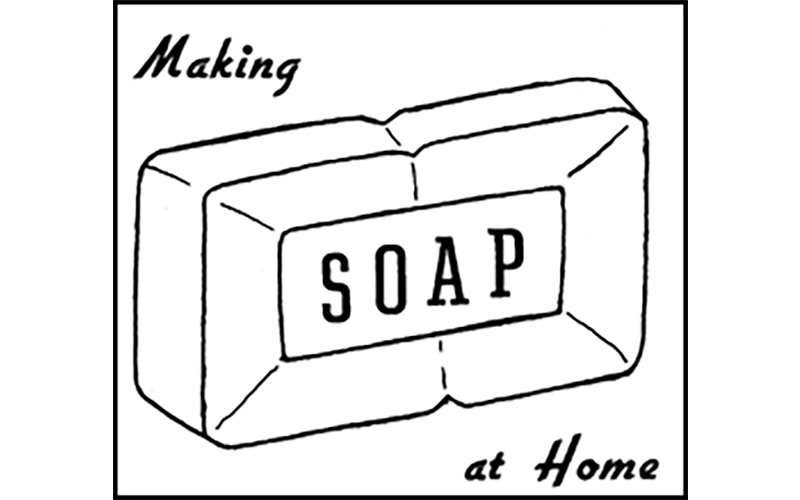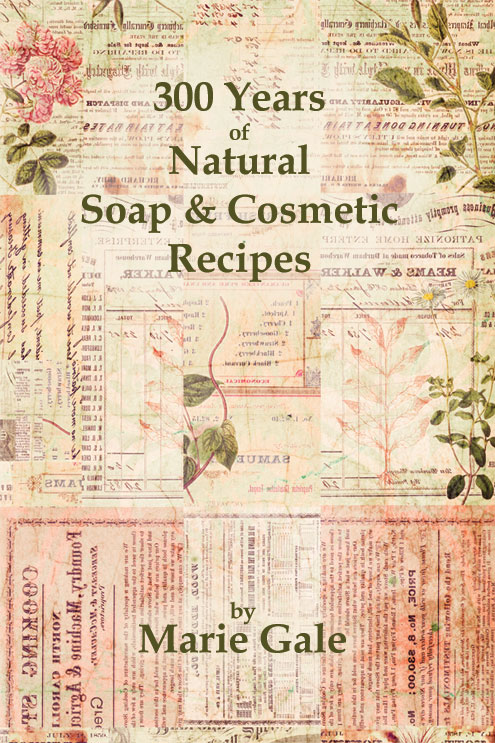I recently found a marvelous brochure, Making Soap at Home from February, 1955. Prepared by Irene Crouch, Extension Agent Home Management, and published by the Extension Service (North Dakota), this little document outlines how to make soap at home.
“A thrifty housewife can save many dollars a year by making soap of good quality.”
Fats or Grease to Use
We, nowadays, tend to lean toward vegetable fats that are already cleaned and prepared, or purchased tallow or lard (also already prepared). Back in the day, however, housewives used any type of meat fats that were available. In the brochure, fairly detailed directions are given on how to prepare fats in three different classes:
- Fats rendered from tallows, meat trimmings, rinds and other meat scraps
- Meat fryings and other refuse fats
- Cracklings
(I wonder how many pounds of bacon you’d need to make in order to use the resultant bacon fat to make a pound of soap…?)
Recipe
The preliminary directions for making soap are pretty simple, “follow the directions on the lye can.”
Luckily, following that, there is “An Easy Recipe” to make 9 pouts of “pure, hard, smooth soap suitable for toilet, laundry or soap flakes”:
- 1 can lye [it doesn’t say what size can]
- 2 1/2 pints cold water
- 6 pounds clean fat (about 6 3/4 pints or 13 1/2 measuring cups of liquid fat)
The how-to section is pretty straightforward. Mix to trace, pour into molds, cover with blankets, leave it undisturbed for 24 hours and then unmold. There is some additional information about temperatures for the oils and lye solution which I hadn’t seen elsewhere, in particular giving specific temperatures when using “soft rancid fat” yes, you can make soap with rancid fat).
There was something somewhat unique that I hadn’t ever seen before having to do with the mold. It says to pour the mixture into a “wooden box that has been soaked in water and lined with a clean cotton cloth dipped in water and wrung nearly dry”. The cotton cloth is used to pull the soap from the mold. I assume there is something about soaking the wood in water and using a damp cotton cloth that keeps the soap from sticking too badly. If you’ve ever tried this method, please post a comment!



Leave a Reply